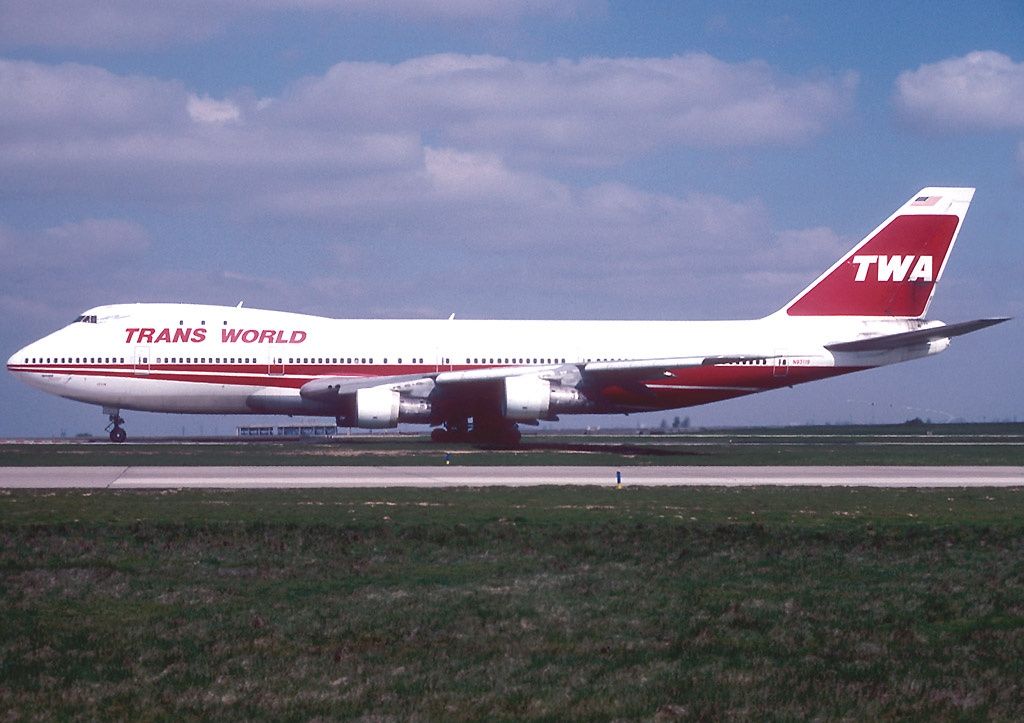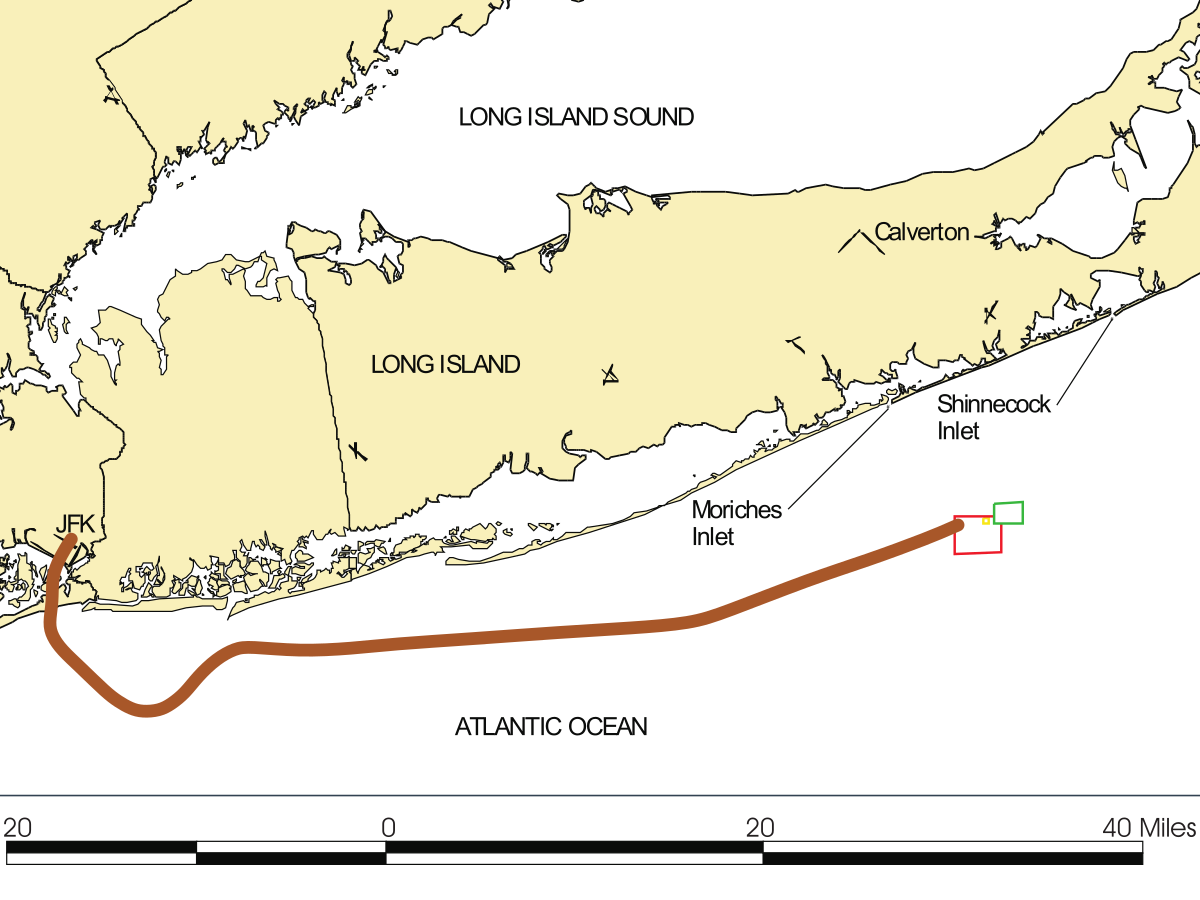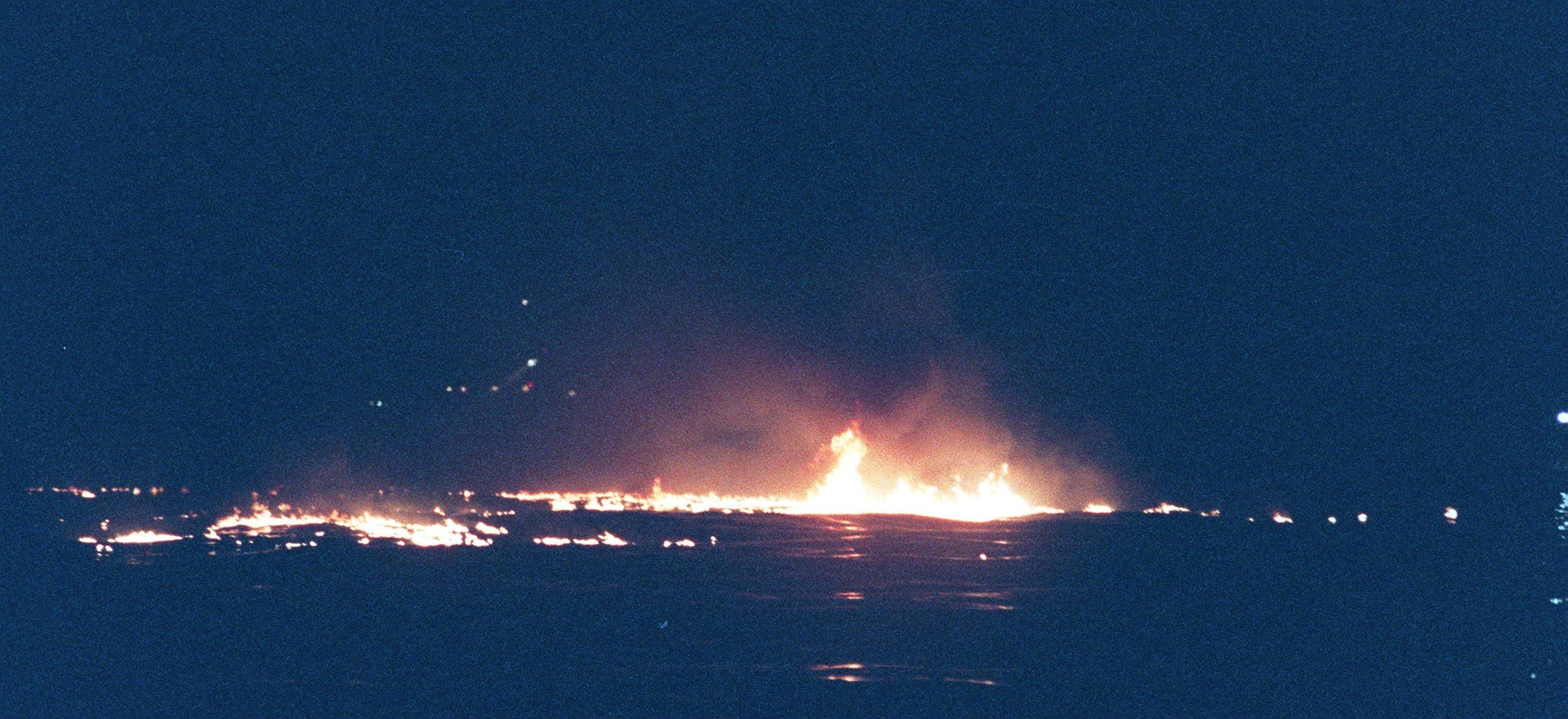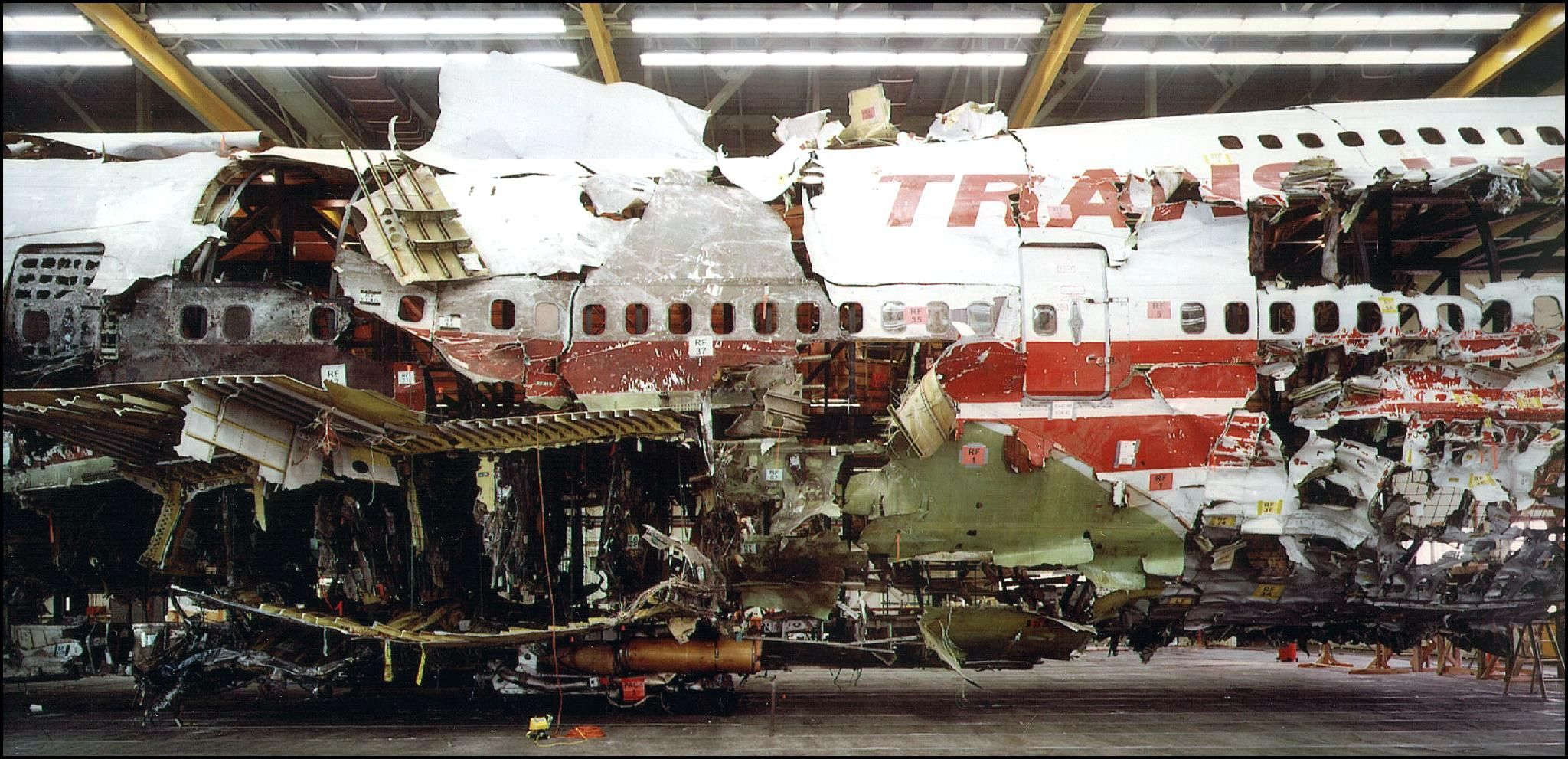The crash of TWA Flight 800 in July 1996 is one of the worst in US aviation history. This involved a Boeing 747-100 aircraft operating from New York JFK to Rome. It crashed into the ocean shortly after takeoff from New York, killing all onboard. After initially suspecting terrorism, the cause was later determined to be a fuel explosion, possibly caused by wiring problems.
TWA Flight 800 on July 17th 1996
Trans World Airlines (TWA) Flight 800 was a scheduled flight from New York JFK to Rome, with a stop in Paris. On the evening of July 17th 1996, it was operated by a Boeing 747-100 aircraft, with registration N93119.
TWA was one of the biggest airlines in the US and operated from 1930 to 2001. The airline was a major Boeing 747 operator - and in fact, was the largest ever passenger operator of the 747-100 (Pan Am beat it in total when freighter aircraft are also included). It also operated the Boeing 747-200 and the Boeing 747SP. It operated 27 747-100 aircraft, taking its first in December 1969. The aircraft involved in the crash, N93119, was delivered to TWA new in October 1971.
TWA Flight 800 departed uneventfully that evening. It was originally scheduled as a 19:00 departure but was delayed until just after 20:00 due to baggage issues. The flight carried 212 passengers and 18 crew members. This included a flight deck crew of four, headed by Captain Ralph G. Kevorkian, who had flown for TWA for 31 years.
It took off from JFK and began its climb to cruising altitude. The last received transmission was at 20:30, when the crew acknowledged Boston Center's instruction to climb to 15,000 feet.
Crashing just after take off
Minutes after the last transmission, ATC began receiving reports from other aircraft about hearing or seeing an explosion in the area. The first of these came from an Eastwind Airlines Boeing 737, with the pilot reporting to ATC that "we just saw an explosion up ahead of us here ... about 16,000 feet or something like that, it just went down into the water."
TWA 800 had exploded and crashed into the Atlantic ocean eight miles south of East Moriches. Various vessels quickly arrived at the site - there was extensive wreckage, but no survivors were located. All 230 people onboard had died in the crash.
A four year crash investigation
An NTSB crash investigation team was sent to the site the next morning. Initial concerns were that the crash was the result of a bombing or missile attack, as the eyewitness reports had been of a sudden and extreme explosion. This meant that a separate investigation was carried out by the FBI alongside the NTSB investigation.
This double investigation caused problems and delays in many areas - including retrieving the remains of the victims, conducting eyewitness interviews, and storage and examination of the wreckage. One of the improvements made post-investigation was the development of a memorandum of understanding between the FBI and the NTSB regarding future such joint investigations.
Concerns of an attack were initially justified by the investigation. Eyewitnesses reported what looked like a flare or firework heading towards the plane. There was also US Navy missile test activity in the area at the time. This could have been a terrorist attack or the result of a terrible accident.
The investigation found trace amounts of explosive residue on parts of the fuselage, adding to the possibility of a terrorist bomb or missile attack. No corresponding damage was found on the recovered parts of the fuselage, though. When only a small percentage of the fuselage could not be recovered and examined, the NTSB concluded an attack of this kind was very unlikely. The victim's injuries also supported this. The presence of explosive residue was attributed to either the aircraft's use in 1991 for troop transport during the Gulf War or transferred from troops and equipment used in the recovery operation.
The investigation into the crash took over four years, with the US NTSB finishing and publishing its report in August 2000. This was the longest and most expensive investigation in the US at the time.
The crash was caused by a fuel explosion
Extensive investigations, reconstruction of the wreckage, and simulations were then carried out to determine the cause of the mid-air explosion. The NTSB eventually concluded that the explosion was the result of an explosion of the fuel-air vapor in the center wing fuel tank.
The NTSB report in 2000 concluded:
“The National Transportation Safety Board determines that the probable cause of the TWA flight 800 accident was an explosion of the center wing fuel tank (CWT), resulting from ignition of the flammable fuel/air mixture in the tank."
The cause or source of the explosion could not be determined conclusively. Several possibilities were investigated and deemed very unlikely. These included the penetration of a missile fragment from a nearby explosion, the involvement of an explosive charge placed inside the tank, fire migrating from another tank, lightning, or even a meteor strike.
The most likely (but not concluded) cause was explained as a short circuit outside the fuel tank that caused excessive voltage to penetrate the task. The only wiring inside the central tank of the 747-100 is for the fuel quantity indication system (FQIS). This is normally kept as a very low voltage, but a short caused by damaged wiring could have increased this. The source of this was not identified, but the NTSB also noted that not all wiring components were recovered and thus examined.
Stay informed: Sign up for our daily and weekly aviation news digests.
Use of the airframe for training
As part of the investigation, the parts of the recovered wreckage were re-assembled. After the investigation concluded, this assembly was kept by the NTSB for training purposes. It was agreed with the victim's families that this could take place but that it should not be displayed to the public. In 2021, NTSB announced that it would finally decommission the reconstruction, relying instead on 3D imagery of the wreckage for future training needs.
The crash of TWA 800 is one of the deadliest in history. It is also not conclusive what the cause was. There is still suspicion from some that other factors were involved, despite NTSBs partial conclusion as to the cause. Feel free to discuss the crash, its lengthy investigation, and conclusions further in the comments.


_JP7174508.jpg)


